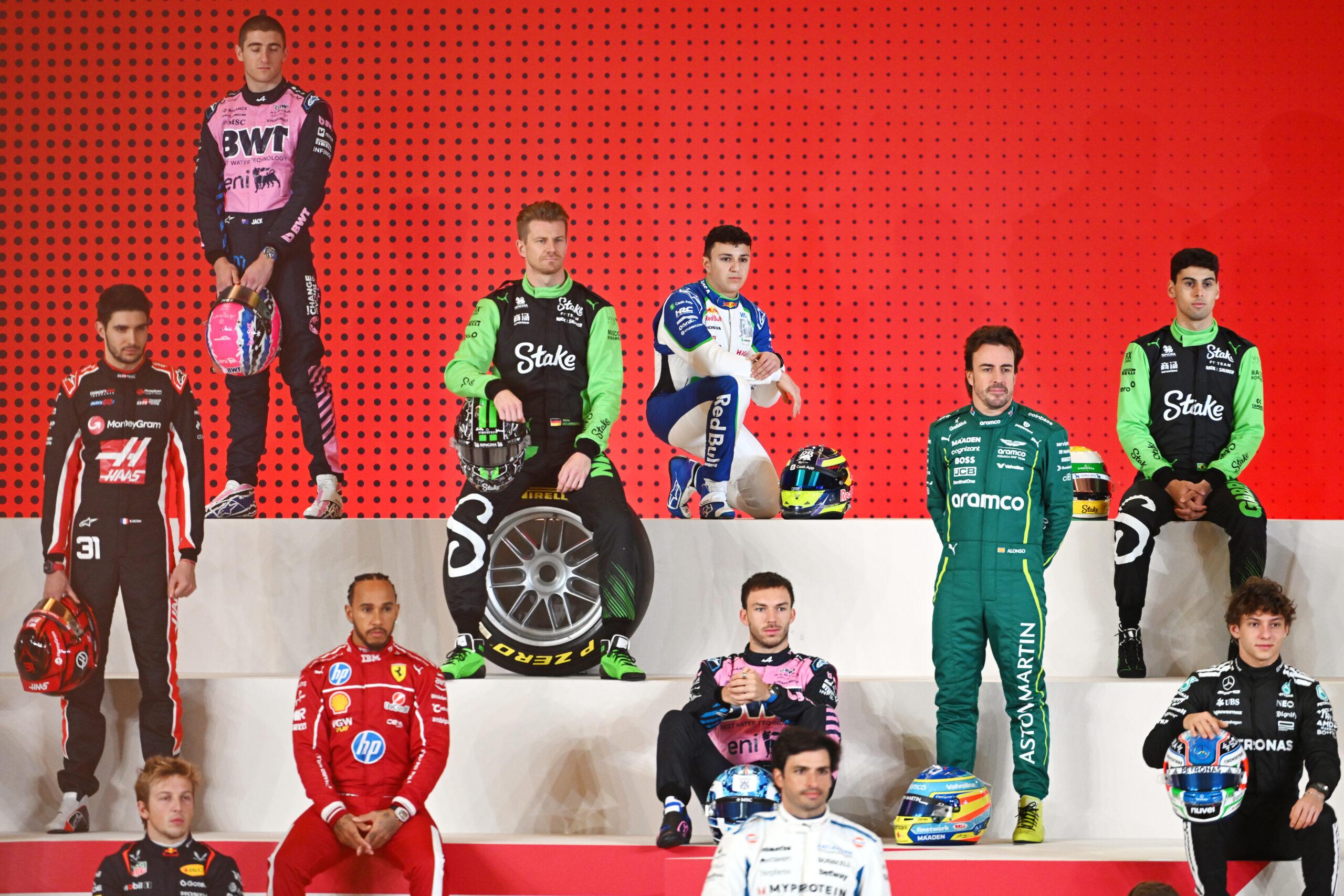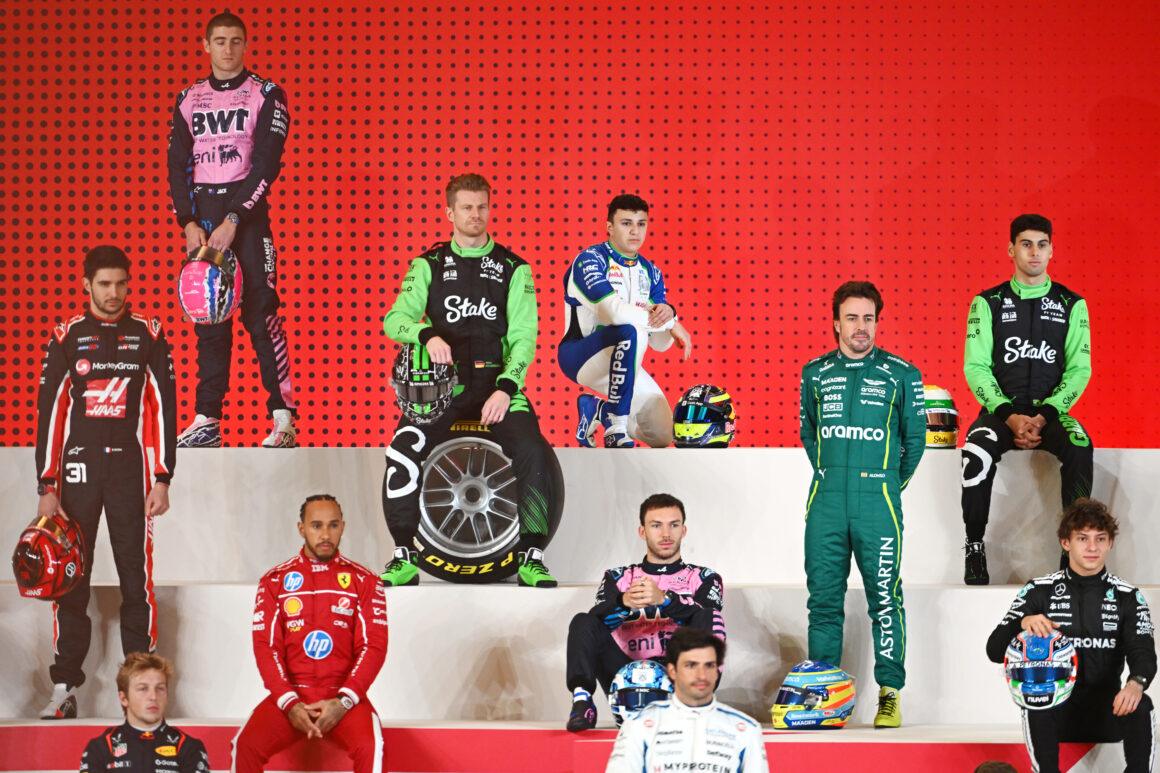F1 drivers talk in code. Not because they’re mysterious, but because every word carries tenths. When they say a car has “bite”, they mean it grabs the road under brakes and turn-in like a Rottweiler on a chew toy. When they say “grip”, they’re talking about the car’s actual stickiness to the tarmac, everywhere. Different beasts. Same lap time obsession.
Confused? Don’t be. We’re unpacking the difference between bite and grip, why it matters, and how teams chase both without turning the car into a diva. Lights out and away we… oh wait, the engineers already won.
What “Bite” Really Means
“Bite” is that sharp, immediate response when a driver hits the brake pedal or commits to turn-in. It’s the initial deceleration and front-end authority that says: yes, we’re stopping now, and yes, we’re pointing in. If a driver asks for more front bite, they want the nose to hook up sooner and harder. If they complain the car has “no bite,” file it under: yikes.
How do they get it? Brakes with strong initial friction, discs and pads in the right temperature window, and a front axle loaded by downforce. Too cold? No brake bite. Too hot? Fade, and your apex disappears. Somewhere, a PR manager just had a minor stroke.
Braking Systems: The Bite Factory
Formula 1 braking is savage. Drivers stomp with over 100 kg of force, chasing 5G deceleration. Front brakes are hydraulic and brutal; rears are a cocktail: friction brakes, engine braking, and the MGU-K harvesting. It’s managed by Brake-by-Wire, which can shape how rear braking responds. That’s where brake stability is born.
There’s also brake migration, shifting balance as you trail brake into the apex. Less rear on entry to prevent a spin, then more rear as you rotate. It’s the art of corner entry: violent inputs, concert-pianist finesse. Mess it up and you’re collecting disappointments like they’re Pokemon cards.
Grip: The Full-Car, Full-Lap Glue
“Grip” is the total traction the car has — braking, mid-corner, and exit. It’s the marriage of tyre compound, temperature, downforce, track surface, and clean air. Want more overall grip? You need tyres in the right window, more downforce, and a circuit that’s rubbered in. Want to lose it? Drive through marbles or follow in dirty air. The wind played favorites today; apparently it’s a turbulence fan.
Grip isn’t just a feeling. It’s tyre temperature science. Too cold and you get graining; too hot and you get blistering. Both kill lap time. The plot thickens like a team’s excuse list when conditions shift mid-race.
Corner Phases: Where Bite Meets Grip
Entry: bite rules. You want instant stopping power and a nose that listens. Mid-corner: mechanical grip and aero balance keep the car planted. Exit: traction grip decides whether you launch or light up the rears. Understeer is the front giving up; oversteer is the rear throwing a tantrum. Classic Alonso late-braking — the move that makes other drivers question their career choices.
Change brake bias forward and you calm the rear, raising entry stability. Nudge it rearward and you fight understeer at the apex. Smart drivers adjust every lap. Bold strategy: let’s not touch any settings and hope for the best. Sure.
Tyres: The Cruel Gatekeepers of Grip
Tyres decide your fate. Soft compound, high peak grip but fragile. Hard compound, tougher but colder and lazier to switch on. Green track? Low grip early until rubber builds. Drive off-line onto marbles and you’re skating until the tyres clean up. Did Ferrari strategists forget how to count laps? Again?
Graining happens when the surface overheats while the carcass is cold. Blistering is the opposite temperature mess: hot core, cooler surface tearing out chunks. Either way, tyres fall off a cliff and the lap time goes with them. Somewhere, Grosjean is taking notes.
Weather: The Moody Third Driver
Rain? The rain showed up like that friend who always causes drama at parties. It kills temperature and exposes brake bias sins. You shift bias rearward to stop front lock-ups and search for any scrap of mechanical grip.
Heat? The track temperature hit levels that would make Hell consider air conditioning. Brakes run hot, fade creeps in, tyre pressures spike, and the car floats. Cool air and long straights are your only friends.
Dirty Air vs Clean Air: Aero Grip’s Two Faces
In clean air, your aero sings. Wings and floor work as designed, front bite improves, braking zones shrink. In dirty air, your car understeers as airflow breaks up, and the front tyres hate you. That’s why DRS exists: to punch through turbulence and salvage a pass. The competition? Reduced to expensive spectators when your package works in clean air.
Following closely overheats tyres and brakes, and your balance slides from neutral to ugly. You want to pass? Nail the exit, get DRS, and commit with a Verstappen divebomb special — warranty void where prohibited.
How Drivers Talk: Bite vs Grip in Radio Code
“No front bite” means the nose won’t commit on entry. The fix list: more front wing, warmer brakes, different brake material, tweak migration. It’s the surgeon’s toolkit, but at 300 km/h. “No traction grip” means rear tyres won’t hook up on exit. Raise diff locking on throttle, smooth the torque, or just baby the throttle. Yes, it’s slower. Yes, it saves tyres. Choose your pain.
Engineers also interpret “lazy front” as understeer and “spiky rear” as snap oversteer. Subtle words, big setup changes. Get it right and your driver looks like a hero. Get it wrong and they’re outperformed by the car. File that under: how NOT to set up for race day.
Common Slang That Affects Bite and Grip
- Flatspot: Lock a tyre, ruin the contact patch, and your braking bite disappears fast.
- Lift and coast: Saves fuel and temperatures, but bleeds entry bite and overall grip feel.
- Bottoming: Skid blocks kiss the track, sparks fly, aero stalls, front bite fades.
Each term isn’t just jargon. It’s lap time. And pain when you get it wrong.
Setups That Chase Bite and Grip
Want bite? You push front wing, sharpen brake migration, heat the brakes, and aim the aero for a pointy nose. Overdo it and the rear says goodbye on entry. That defense was pure Schumacher — minus the success part.
Want grip? You manage tyre temperatures, soften mechanical setup for compliance, and run downforce. More stable, less edgy, better race car. But on a single lap, a car with mega bite can send everyone else back to karting school.
Tracks That Expose Them
Monaco punishes brakes and tyres, with almost no cooling on the straights. Bite is everything into tight corners, but fade lurks. Canada? Heavy stops, high wear, maximum brake stress. Get the brake temperatures wrong, and you’re toast.
Baku flips the script: slow sections overheat brakes, then that endless straight chills them. Turn 1 asks, “Got bite?” Lock-ups answer, “No.” Somewhere, a strategist whispers, “Box, box.”
The Takeaway: Bite vs Grip, and Why It Matters
Bite wins you the braking zone and the apex invite. Grip carries you through the corner and fires you out. You need both — balanced, predictable, ruthless. Too much bite without rear support? Spin city. Too much grip without bite? Slow and steady… and nowhere.
So when a driver asks for “more bite” but “keep the rear calm,” they’re not being picky. They’re threading a needle at 300 km/h. Get it right and the lap time drops. Get it wrong and, well, grab your popcorn — they’re at it again.

